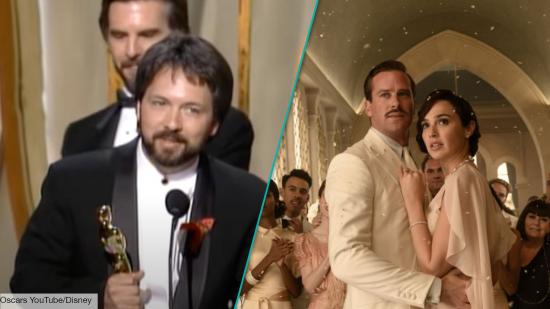George Murphy is an award-winning visual effects artist whose art and effects work is behind some of your favourite movies. He’s worked on a string of widely acclaimed classics including adventure movie Jurassic Park, the sci-fi masterpiece Planet of the Apes and the fast-paced action flick Mission: Impossible. His VFX work on 1994 drama movie Forrest Gump was so impressive, he even won an Oscar for his efforts.
With a rich history (and pretty impressive CV) behind him, Murphy has now turned his attention to detective movies, with seven-time-Oscar Nominee Kenneth Branagh — or ‘Ken’, as he likes to call him. After coming on board to manage the visual effects for 2017’s Murder on the Orient Express, he returned to the helm once again to manage the visual effects of Death on the Nile: the second instalment in what Branagh hopes to be an extensive Poirot cinematic universe.
Death on the Nile, which is based on the 1937 Agatha Christie novel, had a murky journey to theatres. It has been delayed six times between 2019 and 2022, as well as being limited by the restrictions of the global pandemic. The journey to making Death on the Nile must have been as long as… well, the Nile, so The Digital Fix sat down with George to find out more.
The Digital Fix: Hi George, it’s great to meet you! For the benefit of our readers, would you be able to talk a little more about what a VFX Supervisor does and your role in making Death on the Nile?
George Murphy: Sure. So, what we’re trying to accomplish with the effects on Death on the Nile was really about how do we expand the sense that, you know, our whole storyline takes place in Egypt, where there’s a lot of fantastic locations. And as you know, there was a lot of filming in the UK.
Never a dull moment: The best thriller movies
So, we went to some great efforts. We spent a lot of time out in Egypt, capturing places of reference and things that we could use from these amazing locations that we got to spend time in, and bringing all of that to support our rather large, live set-pieces that we built here in the UK, as well.
There’s also some historical pieces. We did some different things that set up a story at the beginning, and we’re doing a fixed workflow as well.

Yeah, because I did notice that predominantly there was filming in the UK, and a little bit in Morocco. So what exactly was the capturing process in Egypt, and what was building live sets in the UK like? Walk me through how you effectively brought Egypt to the UK.
Well, it started out with the whole production team going out to scouting locations. We had the privilege of being able to sort of have the freedom to scout out in the art department. You know, taking additional references there and designing and figuring out what kind of sets we were going to design because our world, in the story, is a bit of an idealised Egypt. It borders on that balance between reality and fantasy a little bit — colours are a little richer than they might really be, and all those sort of things really set the context for this very dramatic storyline that happens behind it.
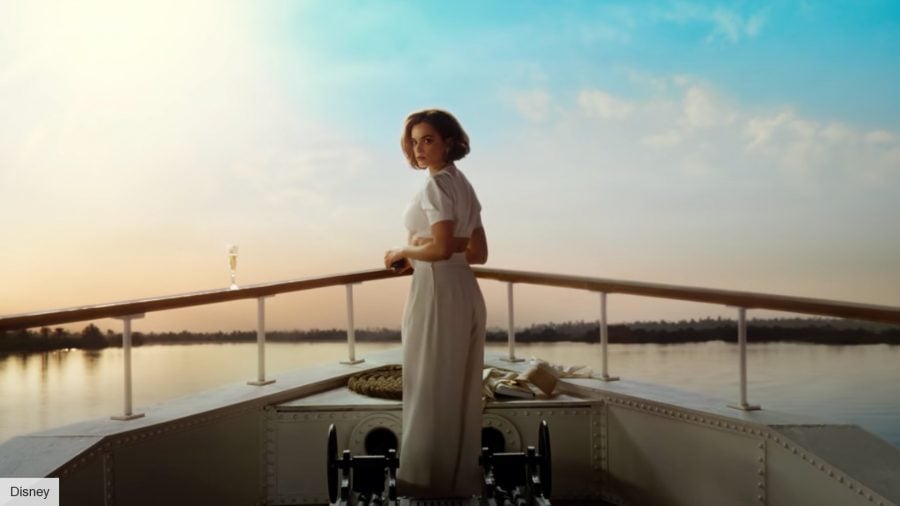
[The VFX team] spent two weeks on a boat that we had reconstructed on the Nile to render and so on: a boat that we had to build to go down the Nile with. We were shooting panoramas and we had a nine camera array you know, and we built cameras in a top-shooter just because the boat would block some things.
Big Brother is watching: The best spy movies
We had some bow cameras, some stern cameras, and then also on that boat we had another live camera for actual plate footage that could go underwater and above water. So, we came away with a lot of really nice local footage of life on the Nile: the looks, the mood, the lighting, the atmosphere, and the flavour.
What made you want to do the first part of the movie, which shows Poirot as a soldier in WWI, in black and white?
I think Ken [Branagh’s] desire on that part was really about showing this bit of historical footage. And then there’s the contrast of the richness and lushness of this adventure that we’re about to take on the Nile. I think we wanted to separate those out visually, you know, in two different tones; one sets up the other in an interesting way.

How did you bring the boat scenes to life?
I mean, this was literally a 240-foot boat that was built as a movie set. And the challenge, of course, is that there wasn’t even a stage around the boat. You’re doing this and then trying to light that so that it felt like outdoor lighting became challenging. We had a lot of discussions because we had done some LED screen work on Orient Express together before, and we surrounded the train with them. At the time, it was the largest LED screens set up in the world, but since then technology has grown dramatically in the industry.
Murderous mayhem: The best horror movies
In the end, we used about 820 of these sky-panel lights, lighting up this translucent material, and we could control the colour and the lighting. We took samples of the sky tones we had in Egypt from sunset and desert trains up to the blue skies, and we got the floor lighting team to create the actual colours that you would have in the Egyptian sky, so we’re able to get that kind of open outdoor field on an indoor stage in a number of cases.
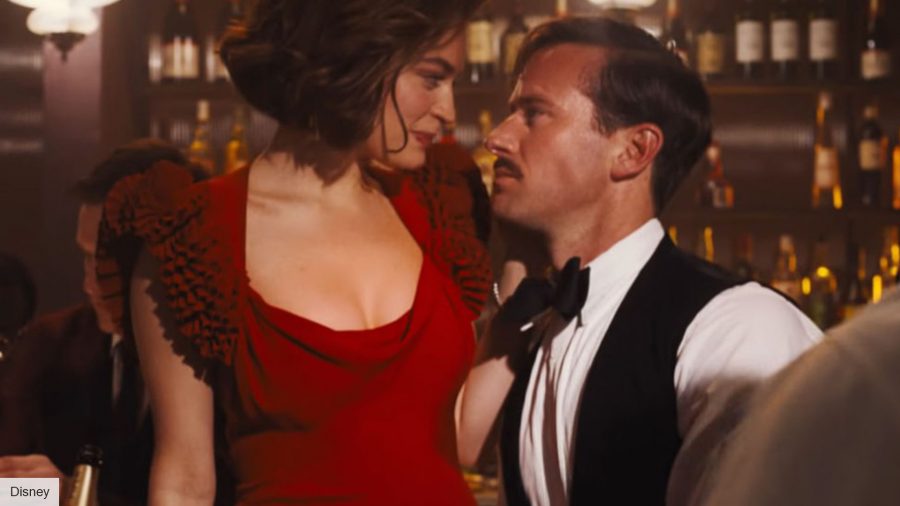
So we would have some shots that were half-lit for interactive lighting on this boat. And then the other thing we did with the bed is we put it on rails and we could slide it outside for some sunny exterior shots that we wanted to do when there’s a water tank.
The exterior shots must have been quite challenging.
Yes, it actually took two dual parallel train tracks to actually, support the weight of this thing and roll it up. At one point, we had considered actually building a version of this boat out on a lake here in the UK! But, we decided we were better off if we put all the effort into one really detailed, massive set-piece. So we did roll that outside for some rare sunny days. And we got shots of the actors on an actual boat next in a water tank next to the boat. So we really got a lot of very visceral, natural-feeling interactions with the characters, with the boat feeling like it was in a true outdoor setting, and then we would just do an extension of those based on all our digital photography.
Given that you used a lot of technology to make these scenes happen, how did you ensure that actors stayed immersed?
We had built a whole virtual version of the worlds and some of the sets, using some real time technologies like Unreal Engine. It was important to Ken and us that actors could feel the world they were in, so we were able to create these sort of 360° bubbles that we could put on an iPad, and the actor could stand there and look around and see what the world was supposed to be outside that doorway or in a certain place, so that helped a little bit every now and then.
Some of the most effective use of that technology came when we were actually prepping for the show where we had built this world and we’d built a virtual version of the current cruise ship. Ken could stand in the virtual boat with VR headsets on and he could actually look around hold the virtual camera frame shot inside of the window designs on the virtual boat with the right size and placements.
Immersive magic: The best Disney movies
We did the same with location scouts around the Egyptian pyramids and the Sphinx, where we could just jump to different locations and get an idea of what would you see from here [on the boat]. It wasn’t a full mixed reality thing like you can do on a number of sets, but it was enough for the kind of workflow we had to really help support this.
We have some beautiful shots of London in the 1930s — how did you take us back in time?
It was a joint effort. It starts in the art department: that conceptualisation of the mood and the fear we’re after and working with Ken to understand what he’s after. Through working with the digital mapping team, we created a stylised London where we wanted to make sure recognisable things were visible that wouldn’t necessarily be visible from that camera view.
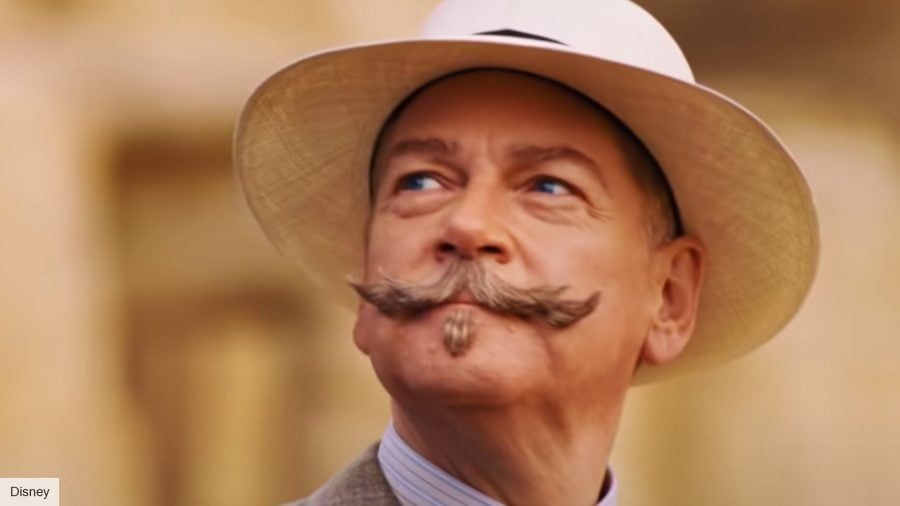
The other big thing, especially when we went back to London at the end of the movie was we had designed what our Nile was in our in our story world and got the River Thames to kind of line up so, as we did this pullback, you get this transition from one river to the other and bring us across time into this large radius. So it’s very well put together.
We almost went back to Egypt with the cast and crew and made a decision not to because COVID was rearing its head,if we had gone we would have been trapped there because we went into lockdown for days after decision backs on. I know Ken really wanted to be able to do more with the actors out there, but COVID kind of got in the way of that.
How was coordinating all of this during the pandemic? Did you come across any challenges?
Another challenge was doing post-production during the pandemic. I mean, normally, yes, a lot of the teams scattered around the world. Of course, with VFX you’re going to be doing a lot of that work remote, but with things like de-aging young Poirot at the start, typically I’d be able to go out there and spend time with them.
We could all sit in the room and look at stuff on the big screen. I think it was really hard on the artist to not get everyone together to look at things on the big screen and get everybody on the same page. I mean, it went remarkably well considering that we’re all doing it remote desktops. But we would only see the final image on a big screen when went into the colour grading sessions here in London. So that was a kudos to the whole team.
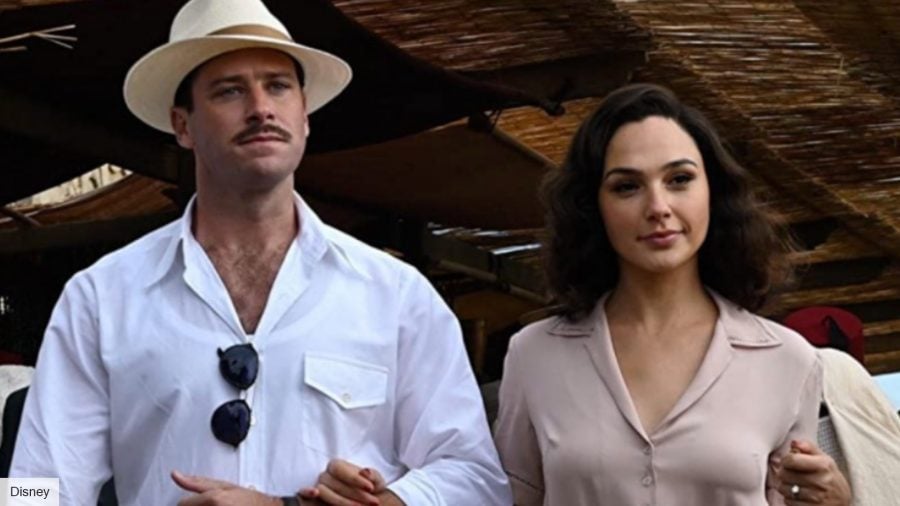
Teams are scattered around the world anyway now, but it was just that little bit of difference in not being able to at least get together with them for periods of time and work it out in one room sharing the same thoughts about the visual direction.
Obviously the post-production period was longer than expected due to the pandemic and other factors — is the end result different to the vision you anticipated at the start of this process?
When you do this kind of a movie, you’re finding your way through this, you know, you go from what would be literally gritty photo ‘real” kind of a look to what is the sort of almost storytelling, stylised look. Alot of the process involves finding out what the director is after in his vision, and he draws on feedback from our department and us as well in that process.
Extended storytelling: The best TV series
So, you find yourself communicating in his language for the movie, that is what Ken intended on those things. I think that works really well. I think there’s some really beautiful shots. We could’ve made it grittier or more matter-of-fact, but that wasn’t really the intent here. The intent was a bit more fantasy, you know, and I use that word cautiously because he does. While he does want the audience to feel like we’ve been transported to Egypt, its definitely a romanticised Egypt.
Would you like to work with Ken again? Is there a third Poirot movie in the works?
Well, I don’t know what’s in the works, but I’ve done two films with that team, and they’re great people to work with. They’re huge, really good collaborators. You really feel like you can actually contribute and support the process in a meaningful way, and they tell good stories. I mean, this one, I think this is an excellent storyteller. You always want to work on something that’s actually a great movie. Because from my mind, what we’re doing in the visual effects, it should do nothing but support the story and move that along, and help tell it the way that the storytellers want to tell it. I feel like that’s the kind of thing that we’re able to do with this project.
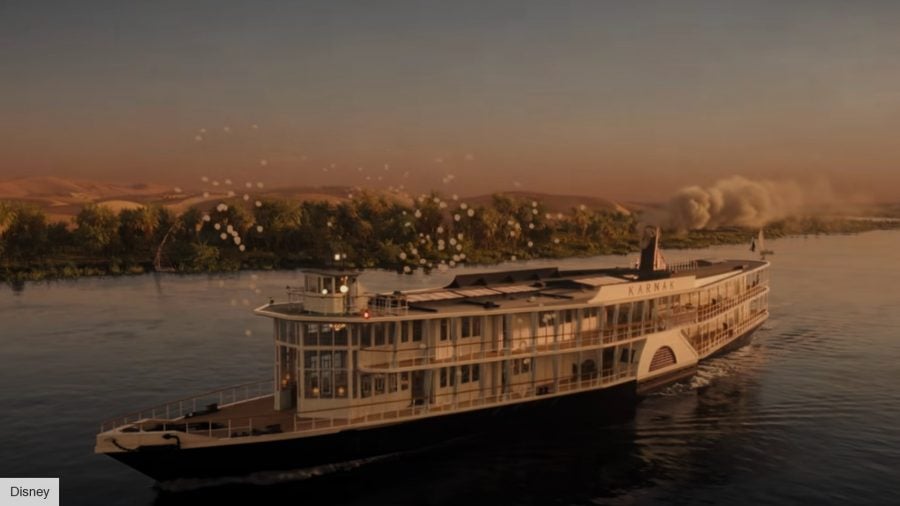
The team that Ken put together — Ken works very much with the same people over and over again on a lot of his projects. That’s because you’re able to develop a language with him where you understand what the intent is, and you can kind of stay ahead of the game a little bit.
Do you have any new projects coming up?
I don’t know if I’m allowed to say too much about it, so I’m going to err on the side of discretion at the moment, but it’ll come up soon!
Death on the Nile is available to watch in theatres in the UK and US from February 11, 2022.
